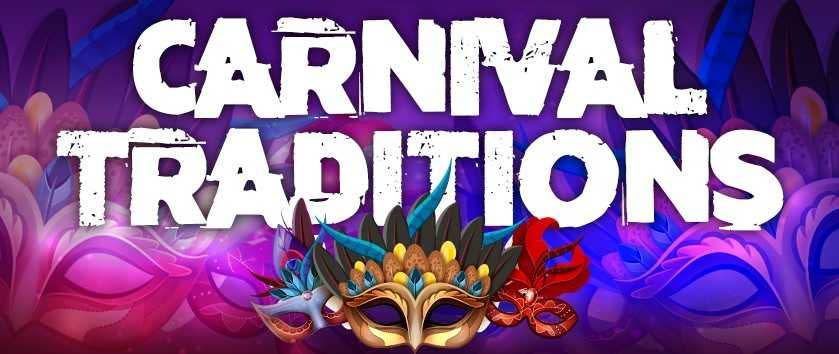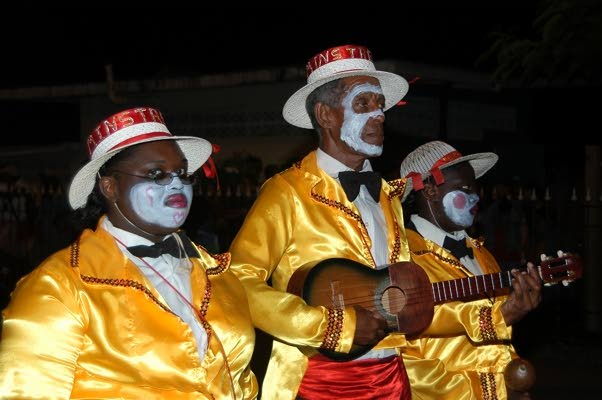Minstrels make their voices heard

PLAYING traditional American negro spirituals or traditional folk songs like Swanee River, TT Carnival minstrels occupy a unique place.
Minstrels could be considered a more modern type of protest mas. Like the dame Lorraine, who used clothes to satirise plantation mistresses, minstrels paint their faces white to satirise the black face-paint that white people once used in their degrading humour.

The tradition of minstrels in the US reaches back to vaudeville performances, but minstrels can be traced back even further into European history, where they were once travelling showmen. Minstrels of bygone days were travelling performers. Today, Carnival minstrels trace that journey symbolically as they offer their street performances.
Besides their painted faces that exaggerate the eyes and lips, Carnival minstrels can be recognised by the banjos or box guitars they strum. Some use maracas, clappers and rattles. They wear loose-fitting pin-striped pants, jackets with long tailcoats, white gloves and a felt top hat.
Minstrels in full blackface probably arrived on the Carnival scene at the end of the 19th century. In some ways, they bridged the gap between chantwells, who performed by themselves with guitars, and calypsonians backed by brass bands.
They found their own musical place between steelbands and calypso, and even managed to survive the blaring brass bands that began to accompany mas bands. When they cross a Carnival stage, the authorities quiet the crowd and shut down the DJ’s music as they invite minstrels to the microphone to perform.
In spite of the many challenges of the Carnival din, minstrels have managed to survive and make their voices heard.


Comments
"Minstrels make their voices heard"